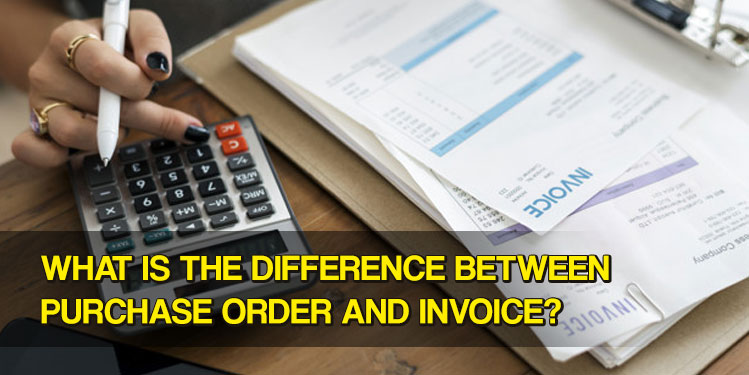What is a purchase order? This question may arise frequently in accounting. In running a business, the terms Purchase Order (PO) and Invoice will often be heard. However, the fact is that there are still many people who do not understand the differences between these documents. Although the contents are not much different, PO and Invoice have differences that must be known because both have important roles when buying and selling transactions.
What is a Purchase Order?
A purchase order is an official document created by a buyer that contains a summary of the goods or services they have purchased from a seller or supplier. This document also acts as a contract that forms an agreement about the goods or services that the buyer wants to buy.
Also read: Starting a Business With the Right Device and Cashier Application
What is the difference between Purchase Order and Invoice?
The difference between PO and Invoice is who makes it. POs are made by buyers to sellers or suppliers. Meanwhile, invoices are generated by the seller after the PO has been agreed upon and then sent to the buyer so that they can immediately pay for their purchase. These two documents are essential and necessary for any business.
Even though the terms PO and Invoice are often heard, many people are wrong about both. Of course, this must be avoided so that the transaction process continues to run smoothly.
What do a Purchase Order and Invoice have in common?
In addition to the differences in PO and invoice, both also have similarities, namely as proof of orders and purchases of goods between the two parties (buyers and sellers) with documents that are legally bound because they contain an agreement to buy and order goods, and information about those in the PO and The invoice has a similarity that includes details of the order, company name, telephone number, and the agreed price.
What are the Benefits of a Purchase Order?
As a legal binder, of course, POs have several advantages that will facilitate operational activities for your business. The following benefits of a Purchase Order include:
Securing Stock Goods
If you are buying and selling using the conventional method, by going directly to the seller and then buying the items you need, you may run out of stock you need. With this PO, the seller will make sure the item you want is available, then save it before sending it at the specified time. In general, POs will really help those of you who want to order the best-selling items on the market.
Proof of Expenditure Report
This is because the PO contains the data needed to make monthly reports and analyze whether your purchases from a particular supplier can be said to be effective. Apart from being a record of expenses, this can also be a way to prove to a bank, auditor, or tax agency that your company is doing business transactions properly.
Avoiding Fraud
As a legally binding document between the buyer and seller. Indeed, when you use PO, you already have data on the items you need for the purchasing process to be more transparent and validated. With the PO system, delivery goods will be controlled properly to avoid mistakes that will occur in the future and endanger the company.
Also read: Types of Accounts Receivable and Their Meanings You Should Know
Purchase Orders and Invoices are an important part of your business activities. If you are still having trouble creating invoices properly, it’s time for you to use the software iReap Invoice which will make it easier for your business to create invoices.


